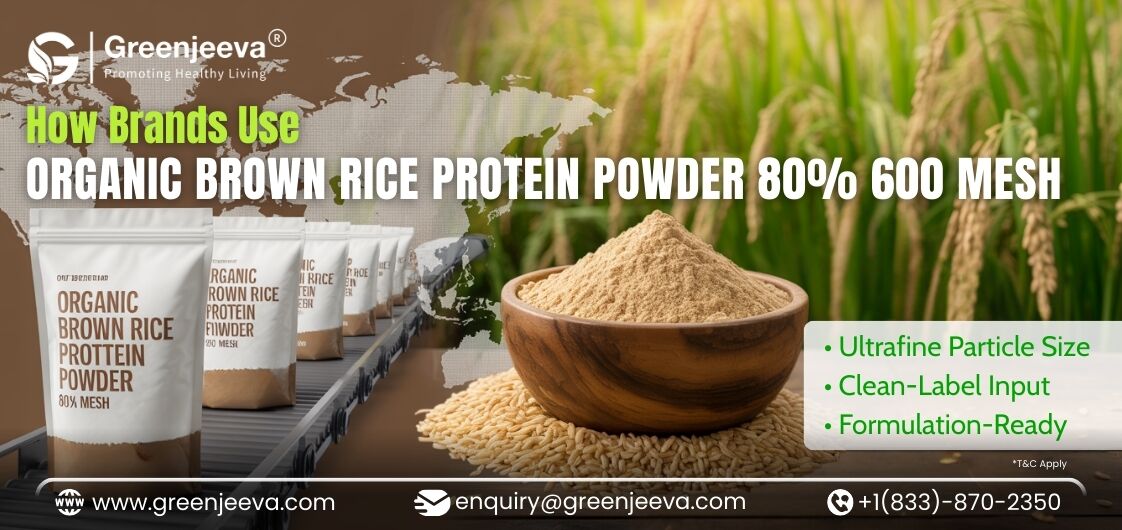Dried Soup Mixes: A Guide to Sourcing Premium Raw Materials

Consumer demands and needs have changed because of the growing working population and changing lifestyles. The patterns in people's eating and dieting have seen a dramatic change.
As a result, there is an increasing need for alternative food products that are both highly nutritive and sustainably produced.
Ready-to-eat soups mix is the perfect fit for this definition.
These foods satisfy both the nutritional requirements and the wide range of tastes of consumers.
What's In for the Manufacturer of Dried Soup Mixes?
The world has undergone new transformations as a result of urbanization and globalization.
Consumers now have greater access to high-quality upgraded goods and services that enable them to keep up with rapid developments.
The size of the global soup market was $16.12 billion in 2019 and is anticipated to grow to $21.0 billion by 2027, with a CAGR of 2.79%.
As a manufacturer of these powerful packs of soups, you should always strive to keep up with the demand. It's critical to develop quality products and innovative flavors without compromising nutrition.
The first step is to put premium raw ingredients to get to a pack that promises flavor, ease, and nutrition.
What Is the Attraction to Dried Soup Mixes?
Dry soup mixes are a product category that is gaining popularity:
- Because they are made for quick and easy cooking.
- The portability and long shelf life of instant soups are two of its key selling factors.
- They are widely available.
- Economical solutions for individuals looking for a quick and satisfying lunch.
- Due to their practical and inventive packaging and ease of accessibility.
- The use and preparation of these combinations are both straightforward.
The Creation of Dry Soup Mixtures
Instant soup mixes provide customers with various components, including dehydrated foods, spices, dried herbs, raw vegetables, meat, herbs, and aromatics.
The dry soup mix's dehydrated ingredients shield the ingredients from enzymatic and oxidative degradation, ensuring flavor stability at room temperature for extended periods.
The other version of the soup that is quite popular is canned soup. Soups that have been decreased in water content and made ready to eat (RTE) is known as canned soup.
It has excellent nutritional value and is prepared with various ingredients, including grains, flour, water, beef, poultry, veggies, and spices. It contains tamarind, sugar, shallot, malt vinegar, molasses, and essence.
Popular Dry Soup Ingredients
Here is a list of critical raw ingredients that goes into manufacturing ready-to-eat soups.
Green Coriander
The herb coriander is frequently used to season food around the world. It is related to celery, parsley, and carrots and comes from the Coriandrum sativum plant.
Coriander leaves, also known as cilantro, are best used as a garnish for soups, cold pasta salads, lentil dishes, fresh tomato salsa, and Thai noodle dishes.
Soy Protein
Soybeans are a legume type that is naturally rich in protein while remaining relatively low in fat. The soy protein powder is used to add protein to ready-to-eat food.
It can be incorporated into a balanced, healthy diet and contains several necessary elements. Therefore, paying attention to using only premium raw materials is crucial.
Onion Powder
The concentrated flavored powder made from dried onions is known as onion powder and is used as a sort of seasoning.
The dehydrated form has a strong, pungent aroma and is formed of finely crushed, dehydrated onions, typically from bulb onions. It has a longer shelf life because it is entirely dehydrated.
Corn Starch
A carbohydrate obtained from the corn endosperm is known as cornstarch or cornflower. This powdery white material has numerous industrial, domestic, and culinary uses.
Usually, cornstarch is used in the kitchen to thicken marinades, sauces, gravies, glazes, soups, casseroles, pies, and other desserts.
Chives
The herb chives have long green stems, a mild flavor, are not overly pungent, and are related to onions and garlic.
They provide vibrant color and oniony flavor to soups, sauces, dips, and many egg and potato-based foods and are typically used fresh and almost always as a garnish. They are simple to use, simple to find, and simple to grow.
Where Can You Procure the Ingredients?
If you are looking for a reliable supplier of these ingredients, choose Green Jeeva.
Green Jeeva is a well-known food ingredients supplier to simplify the global supply chain. They do all the legwork for you, allowing you to focus solely on your core business. They can help you get authentic and well-documented products as quickly as possible.


.jpg)



.jpg)